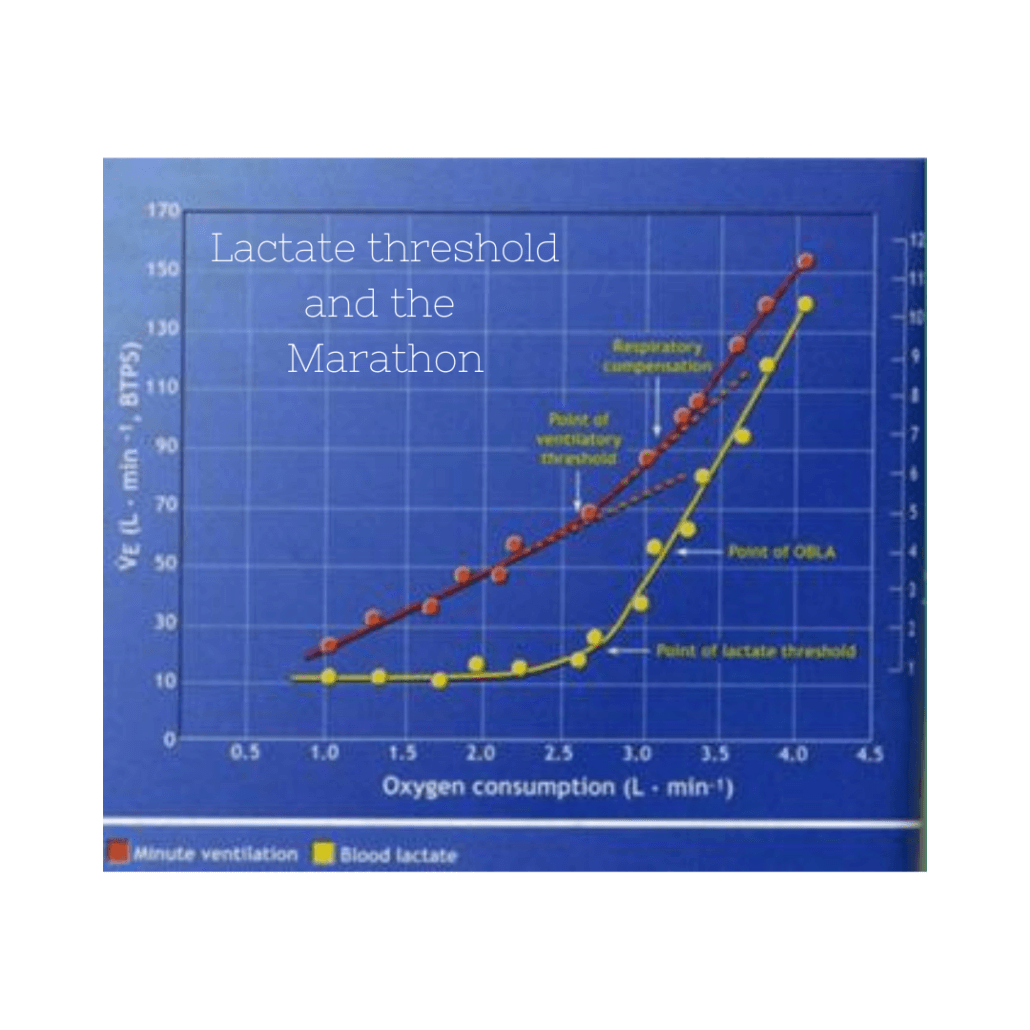Finding the right training plan

Over the years, we have developed a lot of plans, A LOT of plans. To date, there are about 250 training plans. It can be overwhelming from a larger view, but once we break it down, we can get you into the right plan that’s a near-perfect fit.
Narrowing it down
- The obvious is to separate your event from the other plans. This is a no brainer, but it automatically cuts out a lot of other plans. In Final Surge, all plans are broken down by race distance.
- Besides the automatic decision, there are two main factors in the decision making process. While we do have some beginner, intermediate, and advanced plans, they are a small part of the overall selection process. I will discuss these in a minute, but for the most part, by metric or imperial system, the peak volume of the plan, and the number of weeks to the main race.
- Peak Volume: Over the years of coaching, I have found that peak volume is more important than labeling a plan Beginner, Intermediate, etc. I have had runners break 3 hours on 60 miles a week and I have had runners need 50 miles a week to break 4 hours in the marathon! However, here’s some guidelines to loosely follow.
- Time until race: The vast majority of our half and full marathon plans are built on 8, 12, 14, 16, 18, 20, 20+ week platforms. Some general guidelines would be the idea that the lower overall weekly volume you run, the longer amount of time you will need. So, if you run 30 miles/week, then an 8 week build up would probably be too short. A 16-20 week build up would allow that runner to maximize their chances for success.
- Overall rules of thumb
- The more you run on a regular basis throughout the year, means the less time you need for a dedicated segment. For the marathon, 14-18 weeks is plenty for most people. 8-12 week segments are ok if you are going straight from a 5k/10k or half marathon segment straight into a half or full marathon plan.
- A note about traditional Beginner, Intermediate, Advanced, Elite labeled plans. You will see a few of these scattered around the training plan library. These are built on the idea of beginner being a new runner, intermediate a novice runner, etc. A lot of people gravitate towards these because it’s easy to put yourself in one of these categories. If you are new to buying a training plan and particularly new to this philosophy, they are a good place to start.
Understanding plan structure
Once you have gotten this far, you will see that under your race distance, you’ll have the plans laid out by number of weeks and then by peak volume. As you are scrolling through, you may see something labeled alternator, 9-day cycle, or 2 SOS. These can cause confusion, but they are very successful and were built on custom plans I wrote for athletes over the years.
- Alternator- I alternate the weeks. If you look at one of our traditional plans, It’s workouts Tues/Thurs and long run on Sunday. The alternator will keep one week looking like that, but the alternating week will be a workout on Tuesday or Wednesday, a moderate long run on Thursday, and a Workout on Saturday or Sunday. The point of this week is to space out the workouts the second week to allow for a little more recovery every other week. This is key for people who like volume and running most days of the week, but it also gives you an opportunity to not have really big workouts (time consuming) every single week. The main purpose is a little extra recovery.
- The 9 day cycle plans are great, but the problem is that you could end up with long runs during the week. That’s why I created the alternator, to avoid that. The 9 day cycle basically gives you a workout, two days of recovery/easy, workout, two days, long run, two days, start cycle over. This is a really great option for higher volume people that need time to not only recover better, but also create better opportunities for adding strength training into their plans at the right times.
- Lastly, you may see some specialty plans sprinkled around there too. Currently, I have a few Boston Marathon Specific plans, but honestly they would be great for hillier races and races like California International Marathon. I also have two downhill specific marathons. I based these off of people running the Mesa Marathon in Arizona, but are really good for people running races like St. George and the REVEL series.




